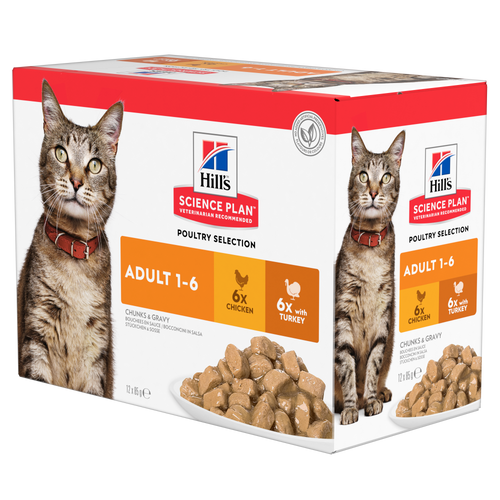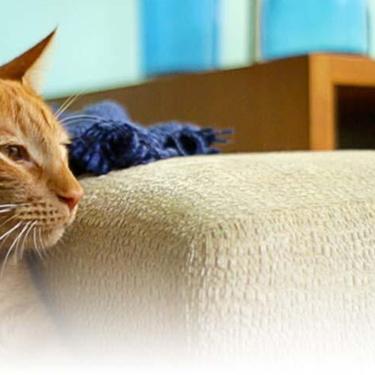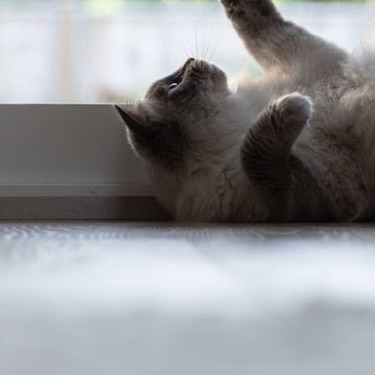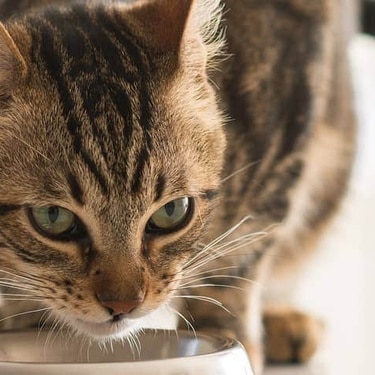
-
Find the right food for your petTake this quiz to see which food may be the best for your furry friend.Find the right food for your petTake this quiz to see which food may be the best for your furry friend.Featured products
 Adult Wet Dog Food with Beef
Adult Wet Dog Food with BeefHill's Science Plan Adult Multipack Wet Dog Food with Chicken, Beef & Turkey are complete premium pet foods for adult dogs from 1 year. Your dog will love these deliciously smooth and savoury minced loaves, formulated for balanced nutrition and overall health.
Shop Now Puppy Food
Puppy FoodHill's Science Plan Puppy Multipack Wet Dog Food with Chicken & Beef are complete premium pet foods for growing puppies from weaning until 1 year old and for pregnant and nursing dogs. Your puppy will love these deliciously smooth and savoury minced loaves, formulated for balanced nutrition and overall health.
Shop Now Mature Adult Dog Food
Mature Adult Dog FoodHill's Science Plan Mature Adult Multipack Wet Dog Food with Chicken & Beef are complete premium pet foods for mature adult dogs from 7 years. Your dog will love these deliciously smooth and savoury minced loaves, formulated to deliver the appropriate amount of energy to support the needs of adult dogs.
Shop NowFeatured products Mature Adult Wet Cat Food with Chicken
Mature Adult Wet Cat Food with Chicken
Tender chicken chunks in gravy for mature adult cats. Made with easy-to-digest ingredients, high-quality protein for lean muscle maintenance and antioxidant vitamins C+E for optimal health.
Shop Now Light Adult Multipack Wet Cat Food with Chicken & Ocean Fish
Light Adult Multipack Wet Cat Food with Chicken & Ocean FishTender chicken chunks in gravy for cats, with L-carnitine and fewer calories for ideal weight management. Packed with high-quality protein, omega-6s, and vitamin E for shiny fur and healthy skin.
Shop Now Adult Multipack Wet Cat Food with Beef, Ocean Fish & Chicken
Adult Multipack Wet Cat Food with Beef, Ocean Fish & ChickenTender chunks in gravy for cats, with high-quality protein to maintain lean muscle. With vitamin E and omega-3s & -6s for healthy skin and balanced minerals to support healthy vital organs.
Shop Now -
Dog
- Dog Tips & Articles
-
Health Category
- Weight
- Food & Environmental Sensitivities
- Urinary
- Digestive
- Joint
- Kidney
-
Life Stage
- Puppy Nutrition
- Adult Nutrition
- Senior Nutrition
Cat- Cat Tips & Articles
-
Health Category
- Weight
- Skin & Food Sensitivities
- Urinary
- Digestive
- Kidney
-
Life Stage
- Kitten Nutrition
- Adult Nutrition
Featured articles The Right Diet For Your Pet
The Right Diet For Your PetIn people, the right diet is very important. If you are eating the wrong way for your metabolism, activity level, age and lifestyle you could end up with health issues.
Read More The Incredible Science Behind Your Pet's Microbiome
The Incredible Science Behind Your Pet's MicrobiomeLearn what your pet's microbiome is, how it contributes to your pet's gut and overall health, and why nutrition is important in maintaining healthy microbiomes.
Read More Show some love with wet foods: a great choice for pets with health issues
Show some love with wet foods: a great choice for pets with health issuesShow some love with wet foods: a great choice for pets with health issues.
Read More -


The choice of foods that are available for our cats is huge and can be a little overwhelming. Not only is there wet and dry food, but various textures of wet food, from stews to chunks in gravy to tinned, paté-style foods. So how much wet food should you feed your cat? The short answer is that it’s entirely up to you (and your cat!).
Complete and balanced
It’s very important that whatever food your cat is on, it should be complete and balanced. This means that it provides all the nutrients for your cat’s life stage and in the right proportions. You can feed your cat dry kibble only if you want to, as long as it is complete and balanced and you provide plenty of fresh water at all times. However, there are advantages to feeding wet food and indeed a combination of wet and dry.
Hooked on textures
Cats are very particular creatures in lots of ways. It’s what makes them so endearing! It’s the same when it comes to food. Early in life, cats can get hooked easily on certain textures of food. This means that if you just feed wet or dry from a young age, your cat may never want to eat anything else. This may not be a problem, but sometimes circumstances change and you may need your cat to eat something different. For example, if your cat is hooked on dry food but then gets a problem like a bladder stone, feeding wet food makes a huge difference because it’s the easiest way to increase your cat’s water intake. Conversely, wet food is more expensive than dry food, so if your cat is hooked on wet food and your financial situation changes, you might need to switch them to dry.
With this in mind, whenever you get a cat or kitten, try to feed a mixture of wet and dry so that your cat stays adaptable throughout their life.


Tasty Tips
The advantages of wet food
Water intake. As we mentioned, the biggest advantage of wet food is water intake. Cats are descended from desert-dwelling African wild cats, so they are really good at conserving water and don’t tend to drink very much. However, water intake is really important, especially with certain diseases such as the bladder issues we mentioned. If urine is very concentrated, it is much more likely to form into crystals and stones, and will be much more irritating to a damaged bladder lining, possibly leading to cystitis.
Palatability. Wet food tends to be viewed as a real treat by many cats, so it’s a great way to enforce your beautiful bond with your cat without indulging in too many treats.
Medication. Cats are notoriously difficult to medicate. Wet food can be really useful for hiding medication, especially if your cat needs to be on it long-term.
Variety. Wet food comes in a wide variety of textures and flavours, so it’s an easy way to keep your cat’s food interesting.
So, how much wet food should you feed your cat?
As we said, this is entirely up to you. As long as the wet and dry food you are feeding are both complete and balanced, you can vary the proportions as much as you like. Cats do well with small frequent meals, so you may find that it suits you to feed wet food twice a day yourself to give your cat a nice treat, and then have a timer feeder feed dry food throughout the day. You can feed 100% wet if you want to, 0%, or anything in between. Just remember that feeding some of each will help you if ever you need to switch to one or the other.
Reviewed by Dr. Hein Meyer, DVM, PhD, Dipl-ECVIM-CA


One of our staff authors prepared this article for you
Related products

Tender chicken chunks in gravy for mature adult cats. Made with easy-to-digest ingredients, high-quality protein for lean muscle maintenance and antioxidant vitamins C+E for optimal health.

Tender chunks in gravy for cats, with high-quality protein to maintain lean muscle. With vitamin E and omega-3s & -6s for healthy skin and balanced minerals to support healthy vital organs.

Tender chicken chunks in gravy for cats, with L-carnitine and fewer calories for ideal weight management. Packed with high-quality protein, omega-6s, and vitamin E for shiny fur and healthy skin.

Related articles

Find the right Hill

Feeding time can be a wonderful bonding opportunity for you and your cat. Find out how to make the most of it and create a healthy habit with HIll's Pet UK.

Discover what you can do to spot and support a sensitive cat stomach. See what routines and food you can implement to help your cat be happy and healthy.

Find out about how you can support your cat's digestion to boost overall health. Diet is key to a long and happy life for your cat, so discover what you can do.

Put your cat on a diet without them knowing
Our low calorie formula helps you control your cat's weight. It's packed with high-quality protein for building lean muscles, and made with purposeful ingredients for a flavourful, nutritious meal. Clinically proven antioxidants, Vitamin C+E, help promote a healthy immune system.
Put your cat on a diet without them knowing
Our low calorie formula helps you control your cat's weight. It's packed with high-quality protein for building lean muscles, and made with purposeful ingredients for a flavourful, nutritious meal. Clinically proven antioxidants, Vitamin C+E, help promote a healthy immune system.

